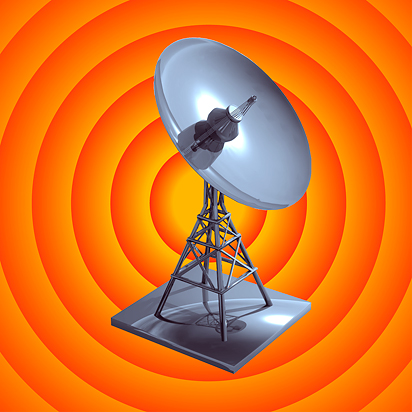
Yttrium-based phosphors were used to produce the red colour in early colour tv sets: Yttrium Vanadate Phosphor For Use In Colour – Tv Tubes And Mercury Vapour Lamps (1971).
Yttria (yttrium oxide) is used as a sintering additive in the production of porous silicon nitride. It is used as a common starting material for producing other compounds of yttrium: Process For Making A Homogeneous Yttria-Alumina Doped Silicon Nitride Article (1987).
Yttrium compounds are used as catalysts for polymerisation of olefines: Yttrium Containing Metal Complexes And Olefin Polymerization Process (2000).
As an alloy, yttrium is used on the electrodes of some high-performance spark plugs: Ignition Device Having A Firing Tip Formed From A Yttrium-Stabilized Platinum-Tungsten Alloy (2002).
Yttrium is used in gas mantles as a replacement for thorium which is radioactive: Yttrium oxide based gas mantle (1999).
Yttrium-stabilized zirconia is a solid electrolyte and can be used as an oxygen sensor in automobile exhaust systems: Production Of Thin Film Of Yttria Stabilized Zirconia (1990).
Yttrium is used in the production of a large variety of synthetic garnets and yttria is used to make yttrium iron garnets (Y3Fe5O12, also “YIG”), which is also very efficient as an acoustic energy transmitter and transducer (Growth Of Yttrium Iron Garnet (1968)).
Single crystals of yttrium aluminium garnet doped with neodymium NdYAG can be used as laser media: Improvements In Or Relating To Lasers (1967). The single crystals of doped YAG are normally produced by the Czochraski process: Crystal Laser Material (1970).
References:
All patent information has been obtained from Espacenet (European Patent Office).